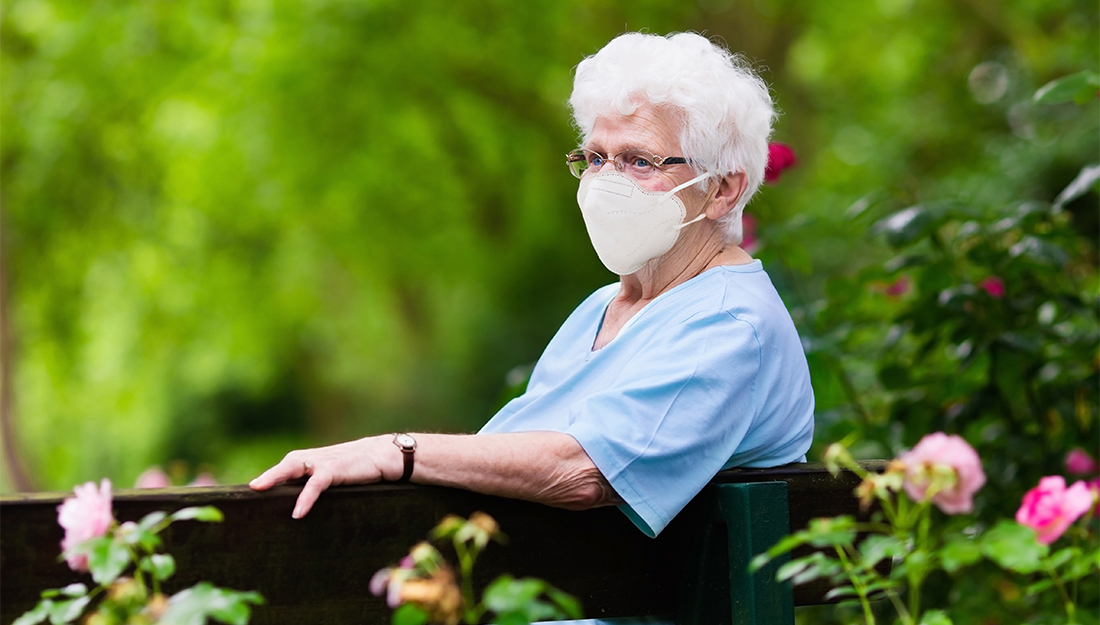

Timothy Callaghan, PhD, and Alva Ferdinand, DrPH, JD, from the Southwest Rural Health Research Center at Texas A&M University School of Public Health, joined colleagues in the first national study of how often people in urban and rural areas in the United States follow COVID-19 guidelines. These include public health best practices like wearing masks in public, sanitizing homes and work areas, maintaining physical distancing, working from home and avoiding dining in restaurants or bars.
The research team used a survey of 5,009 U.S. adults that closely matched the makeup of the country’s population as a whole. The survey asked how often participants followed COVID-19 prevention recommendations and collected data on political ideology, perceived risk of getting COVID-19, whether participants had been tested for the disease, and how trusting of medical experts subjects were. They also collected data on demographic factors like age, gender, race, education, income and religiosity and used respondent ZIP code to determine whether they lived in a rural or urban area.
The research team found rural Americans were less likely than their urban counterparts to report following most of the recommended prevention behaviors. The two most notable differences were in wearing face coverings in public and in working from home. They also found smaller but significant differences in avoiding restaurants, changing travel plans and disinfecting homes and work areas, with rural residents again being less likely to follow recommendations. Other measures like social distancing, hand washing and canceling social engagements showed no significant differences between rural and urban-dwelling Americans.
When including political ideology and social factors in their analysis, the researchers found that some factors were associated with the likelihood of following recommendations. Older respondents and people who were more concerned about COVID-19 were more likely to follow at least some of the recommendations, as were those with greater educational attainment and higher income. People with a more conservative political ideology were less likely to follow prevention guidelines and women were more likely to follow them than men. However, living in a rural area remained a strong influence on following public health recommendations.
Given the limited access to high quality medical care in rural areas, these behaviors could lead to negative, yet avoidable, health outcomes in rural America. Finding ways to improve the adoption of COVID-19 prevention behaviors in rural areas is therefore critical, “something that targeted messaging might help to achieve,” Callaghan said. “Public health efforts that consider factors like trust of medical experts and political ideology when reaching out to different groups could be key.”

